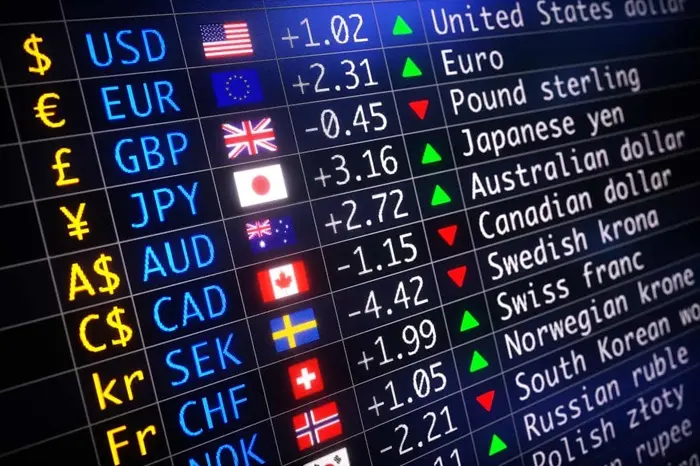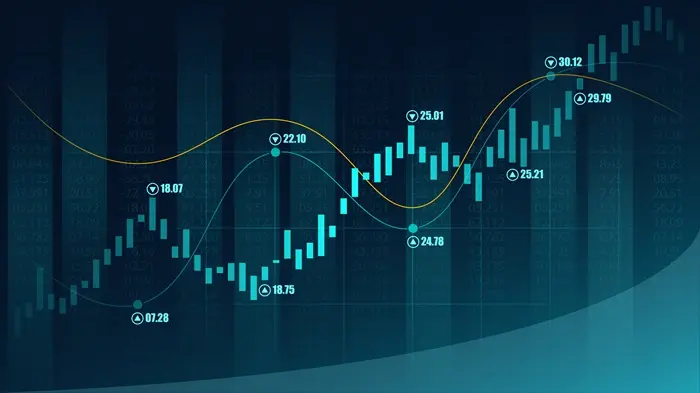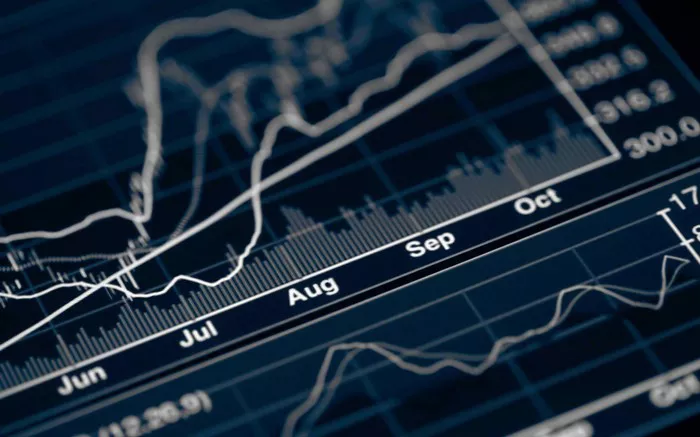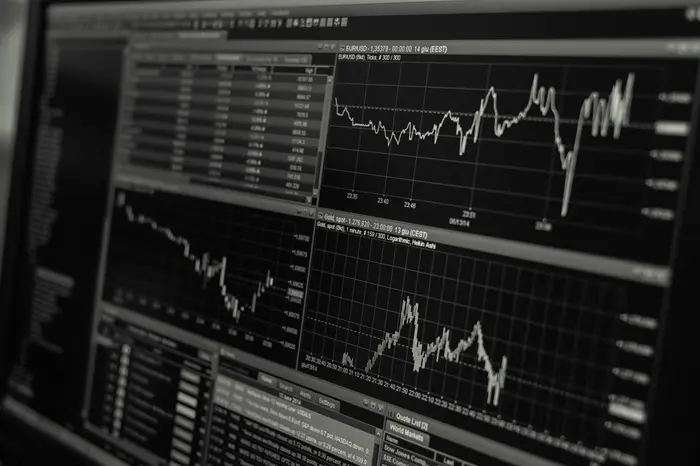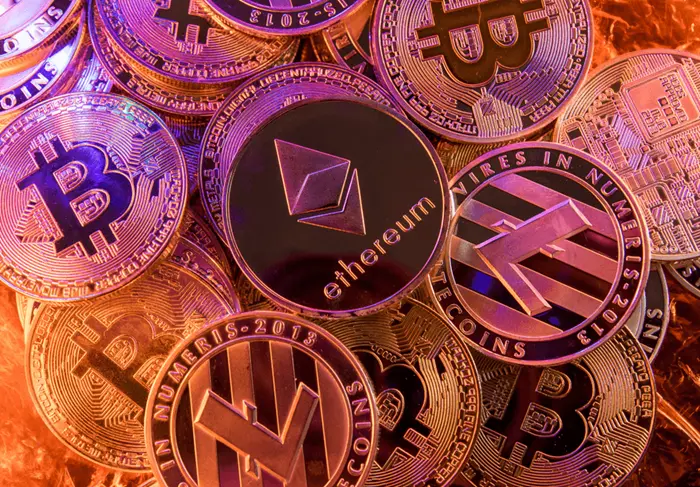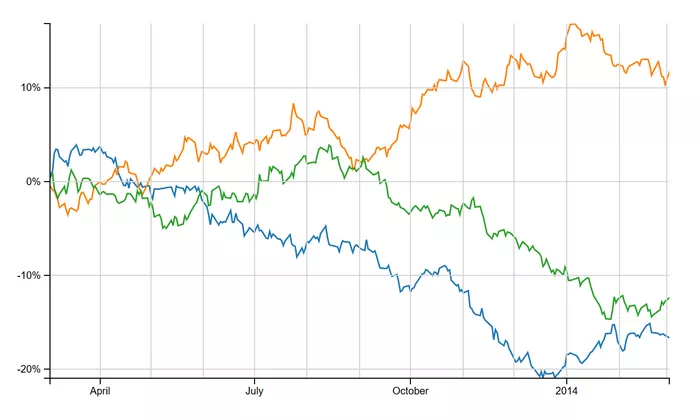In recent years, the global financial landscape has been evolving rapidly, with digital currencies and blockchain technologies playing an increasingly prominent role. One of the latest innovations to gain attention is First Digital USD (FDUSD), a digital dollar that operates on blockchain technology. But what exactly is FDUSD, and how does it differ from traditional forms of money?
In this article, we will explore the concept of First Digital USD, its features, how it works, and its potential implications for the world of finance. We will also look at the advantages and challenges of digital currencies like FDUSD and their impact on global trade, investment, and regulation.
What is First Digital USD?
First Digital USD (FDUSD) is a type of stablecoin, which is a digital currency that is pegged to a reserve asset, such as the U.S. dollar, to maintain its value. Unlike cryptocurrencies like Bitcoin and Ethereum, which can experience volatile price fluctuations, stablecoins are designed to offer price stability by being backed 1:1 by a fiat currency. In the case of FDUSD, its value is directly tied to the U.S. dollar, meaning that 1 FDUSD is always worth 1 USD.
FDUSD is a digital representation of the U.S. dollar, built on blockchain technology. This means that transactions using FDUSD are recorded and verified on a decentralized ledger, providing transparency, security, and efficiency. The concept behind FDUSD is to combine the stability of the U.S. dollar with the advantages of blockchain, such as faster and cheaper cross-border payments, enhanced privacy, and improved accessibility.
How Does FDUSD Work?
FDUSD operates similarly to other stablecoins, but with its unique focus on representing the U.S. dollar in the digital world. Here’s how it works:
Blockchain Technology
At its core, FDUSD uses blockchain technology to facilitate secure and transparent transactions. Blockchain is a decentralized ledger that records all transactions made with digital currencies. It operates on a network of computers (nodes) that validate and verify transactions. Once a transaction is confirmed, it becomes a permanent part of the blockchain, making it nearly impossible to alter or tamper with the data.
Pegging to the U.S. Dollar
As mentioned, FDUSD is a stablecoin that is pegged to the U.S. dollar. This means that the value of FDUSD is always equivalent to 1 USD. To maintain this peg, the issuer of FDUSD holds a reserve of U.S. dollars (or equivalent assets) in a secure account. When users purchase FDUSD, they are essentially exchanging their fiat U.S. dollars for digital tokens backed by the same value.
Issuance and Redemption
FDUSD can be issued and redeemed through authorized issuers, typically financial institutions or companies that have partnered with the creators of the stablecoin. When a user wants to purchase FDUSD, they send U.S. dollars to the issuer in exchange for FDUSD tokens. Similarly, if they want to redeem their FDUSD for U.S. dollars, they can send the tokens back to the issuer and receive the equivalent amount in fiat currency.
This process ensures that the supply of FDUSD is always backed by an equal amount of U.S. dollars, maintaining its value stability.
Benefits of First Digital USD
The rise of digital currencies, particularly stablecoins like FDUSD, offers several potential benefits for users, businesses, and the global economy. Let’s take a closer look at some of the key advantages of FDUSD.
1. Stability of the U.S. Dollar
Since FDUSD is pegged to the U.S. dollar, it maintains the same level of stability as traditional fiat currency. This is one of the primary advantages over cryptocurrencies like Bitcoin or Ethereum, which can experience significant volatility in short periods. Users who are concerned about price fluctuations in digital currencies can use FDUSD as a more stable alternative while still enjoying the benefits of blockchain technology.
2. Faster and Cheaper Cross-Border Payments
One of the most significant advantages of FDUSD, and digital currencies in general, is the ability to facilitate faster and cheaper cross-border payments. Traditional international money transfers can take several days and come with high fees, especially when intermediaries such as banks and money transfer services are involved. With FDUSD, transactions can be completed within minutes and with minimal fees, thanks to the efficiency of blockchain technology.
This feature is particularly useful for businesses and individuals who need to make international transactions regularly. By using FDUSD, they can save time and money while ensuring that their payments are secure and transparent.
3. Enhanced Security and Transparency
Blockchain technology offers a high level of security, as all transactions are recorded on an immutable ledger. Once a transaction is confirmed, it cannot be altered or erased, making it virtually tamper-proof. This provides a level of trust and transparency that is often lacking in traditional financial systems, where fraud and manipulation can sometimes go undetected.
Additionally, the decentralized nature of blockchain ensures that no single entity controls the network, making it more resistant to censorship and manipulation.
4. Increased Financial Inclusion
FDUSD, like other digital currencies, has the potential to improve financial inclusion by providing access to financial services for individuals and businesses in underserved or unbanked regions. Because blockchain-based currencies do not require intermediaries like banks, anyone with an internet connection can participate in the global economy.
This could be particularly transformative for people in developing countries who lack access to traditional banking services. With FDUSD, they can send, receive, and store money digitally, helping to bridge the gap between the banked and unbanked populations.
5. Programmability and Smart Contracts
Blockchain technology enables the use of smart contracts, which are self-executing contracts with the terms of the agreement directly written into code. Smart contracts allow for automation of various processes, such as payments, asset transfers, and legal agreements. This can reduce the need for intermediaries, lower transaction costs, and increase the efficiency of various financial operations.
FDUSD can be integrated into smart contracts, making it easier to execute complex transactions on the blockchain without relying on third-party services.
Potential Challenges of First Digital USD
While FDUSD offers numerous benefits, it also faces some challenges and concerns that need to be addressed as the technology develops. These challenges are important to consider when evaluating the future of digital currencies like FDUSD.
1. Regulatory Uncertainty
One of the biggest challenges facing FDUSD and other stablecoins is regulatory uncertainty. Governments and financial regulators around the world are still trying to figure out how to classify and regulate digital currencies. Some countries have already introduced regulations for stablecoins, while others are still in the process of drafting rules.
The regulatory landscape for stablecoins is likely to evolve over time, and the level of regulation could have significant implications for the future of FDUSD. Stricter regulations could lead to increased compliance costs or even restrictions on the use of FDUSD in certain jurisdictions.
2. Counterparty Risk
Although FDUSD is backed by U.S. dollars held in reserve, users still face some degree of counterparty risk. This means that if the issuer of FDUSD fails to maintain sufficient reserves or experiences financial difficulties, the value of the stablecoin could be impacted. Users must trust that the issuer is managing the reserves properly and that their holdings are secure.
To mitigate this risk, it is essential for FDUSD issuers to be transparent about their reserves and undergo regular audits to ensure that the stablecoin is fully backed by the equivalent amount of fiat currency.
3. Adoption and Market Acceptance
For FDUSD to reach its full potential, it needs widespread adoption and market acceptance. While stablecoins have gained significant traction in the cryptocurrency community, their use in mainstream financial applications is still limited. For FDUSD to become a widely used digital currency, more businesses and individuals will need to adopt it as a means of payment, investment, and savings.
The adoption of FDUSD will also depend on the willingness of financial institutions and governments to embrace digital currencies. While some governments are actively exploring the use of central bank digital currencies (CBDCs), others are more cautious about the impact of digital currencies on the traditional financial system.
Conclusion
The future of FDUSD, and digital currencies in general, looks promising. As blockchain technology continues to mature and the demand for stable digital assets grows, FDUSD could play a key role in the evolution of the global financial system.
However, its success will depend on several factors, including regulatory clarity, market adoption, and the ability to address potential risks. As governments, regulators, and businesses continue to explore the possibilities of digital currencies, FDUSD may become a vital part of the future of finance.
In conclusion, First Digital USD represents a significant step forward in the world of digital currencies. By combining the stability of the U.S. dollar with the benefits of blockchain technology, FDUSD offers a stable, efficient, and secure alternative to traditional forms of money. However, like all emerging technologies, it faces challenges that must be addressed to ensure its long-term success. As the digital currency space continues to evolve, FDUSD may play a central role in shaping the future of global finance.
Related topics:

